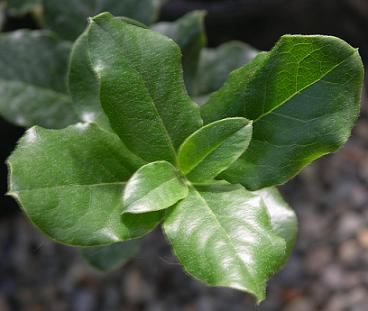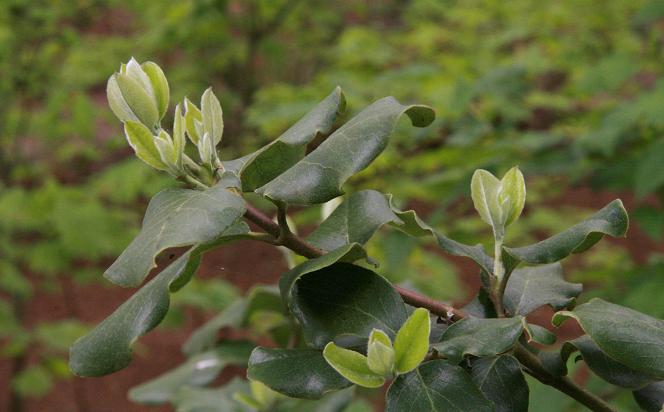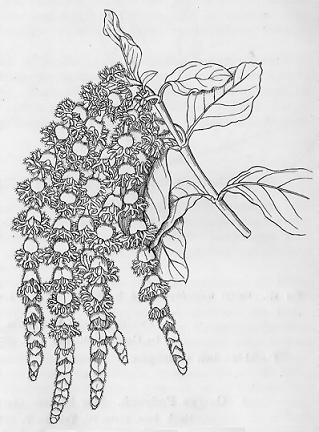|
|
|
Hansen's Northwest Native Plant Database |
|
|
|
Garrya elliptica (Wavyleaf Silktassel, Coast Silk-Tassel)
|
 |
||||||||||||||||||||||||||||||
|
|||||||||||||||||||||||||||||||
|
This regal evergreen shrub reaches 8,' remaining dense and shrubby as it grows. The leaves are glossy green with gray undersides. The late winter months see the branches adorned with long, pendant male catkins to 10" - a unique and airy display. Purple gray flowers follow. Coast Silk-Tassel is an excellent choice for coastal gardens as it favors moderate temperatures, full sun and tolerates mild summer drought and salt spray. It is found growing between western Washington and southern California, USDA zones 7-10. |
|||||||||||||||||||||||||||||||

 |
|||||||||||||||||||||||||||||||
|
Photos We Share!
|
||||||||||||||||||||||||||||||
|